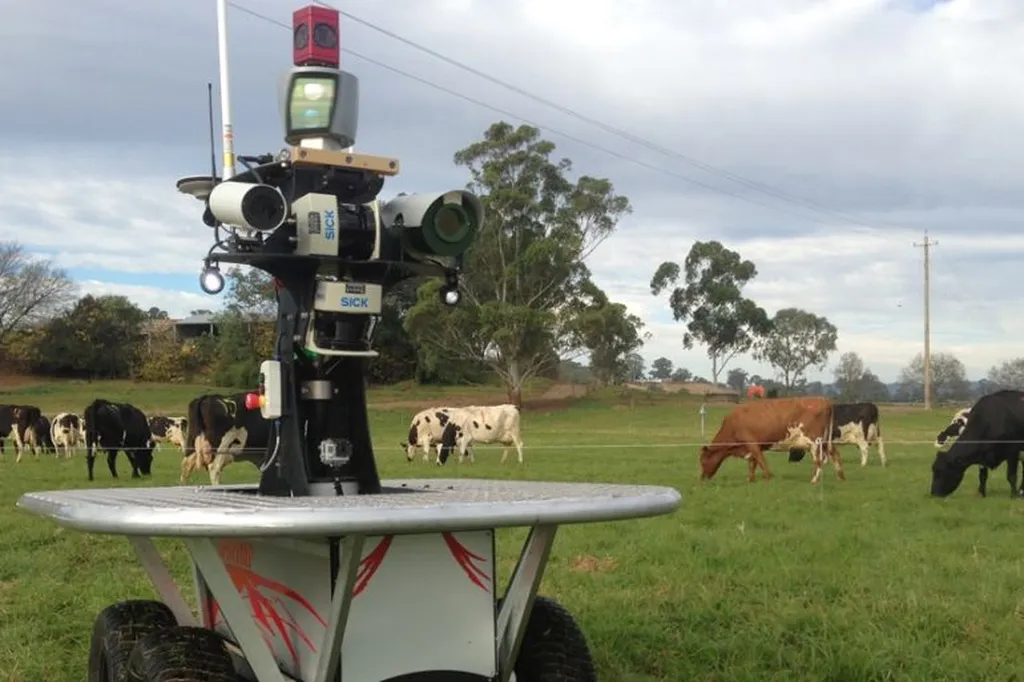In the face of climate change and labor shortages, the agricultural sector is undergoing a significant transformation, with autonomous field robots emerging as a promising solution. A recent systematic review published in the journal *Agronomy* (translated to English as “Field Management”) has shed light on the current state and future directions of these robotic platforms, offering valuable insights for farmers, technologists, and investors alike.
The study, led by Mattia Fontani from the Department of Agricultural, Food, Environmental and Forest Sciences and Technologies (DAGRI) at the University of Florence, Italy, analyzed 59 field robots designed for various agricultural tasks. These tasks range from multi-purpose operations to specialized functions like harvesting, mechanical weeding, pest control, scouting, monitoring, transplanting, and tilling-sowing. The review categorized these robots based on their main characteristics, including engine type, traction system, application field, safety sensors, navigation system, country of origin, and market availability.
One of the key findings of the review is the growing diversity in the types of robots available. “We found that about one-fifth of the platforms come from Asia, and 63% of all of them are powered by electricity, primarily through rechargeable batteries,” Fontani noted. This shift towards electric power aligns with broader trends in sustainability and energy efficiency, which are increasingly important in the agricultural sector.
The navigation systems of these robots also vary, with 28 out of the 59 platforms relying on RTK-GPS signals for precise navigation. Safety is another critical aspect, with LiDAR sensors being a popular choice for ensuring safe operation. “Numerous platforms base their navigation system on RTK-GPS signal, and safety on LiDAR sensor,” Fontani explained. These advancements in technology are not only improving the efficiency of agricultural operations but also enhancing safety for both operators and the environment.
The review highlights the potential for different sizes of robots to perform various field operations. While some farms might benefit from fleets of smaller robots, others might opt for larger, more versatile platforms. This flexibility is crucial for meeting the diverse needs of farmers around the world.
Looking ahead, the study suggests that future research and policies should focus on improving navigation and safety systems, reducing emissions, and increasing the level of autonomy of robotic platforms. “It is difficult to predict market trends as several possibilities exist, like fleets of small robots or bigger size platforms,” Fontani remarked. However, the trend towards automation and smart agriculture is clear, and the agricultural sector is poised for significant advancements in the coming years.
For the energy sector, the rise of electric-powered agricultural robots presents new opportunities for innovation and investment. As farms increasingly adopt these technologies, the demand for reliable and sustainable energy solutions will grow. This shift could drive the development of new energy storage and distribution systems, as well as advancements in renewable energy technologies.
In conclusion, the systematic review by Fontani and his team provides a comprehensive overview of the current state of autonomous field robots in agriculture. By analyzing the characteristics and applications of these platforms, the study offers valuable insights into the future of smart agriculture and the role that technology will play in shaping the agricultural landscape. As the sector continues to evolve, the findings of this review will be instrumental in guiding research, policy, and commercial investments.

